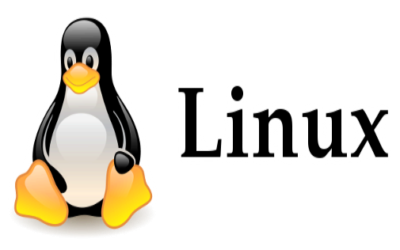Brief History of Linux

Categories:
3 minute read
An article for those who want to read a brief historical development of Linux Operating Systems.
1969
The beginnings of all modern operating systems used today date back to 1969, when Dennis Ritchie and Ken Thompson developed the C programming language and the Unix Operating System at AT&T® Bell Laboratories. Dennis Ritchie and Ken Thompson share the source codes of their programs with the world and Berkley California. In this way, Unix programs began to be developed by many volunteers. In 1975, when AT&T® began selling the Unix operating system commercially, those who volunteered the code were not happy about it. As a result of continued legal efforts, commercial AT&T® Unix and non-commercial BSD Unix systems emerged.
BSD and its sub-versions such as FreeBSD, openBSD, NetBSD, DragonFly BSD and PC-BSD are still actively developed.
https://en.wikipedia.org/wiki/Dennis_Ritchie
https://en.wikipedia.org/wiki/Ken_Thompson
https://en.wikipedia.org/wiki/BSD
https://en.wikipedia.org/wiki/Comparison_of_BSD_operating_systems
1980s
In the 80s, many companies started to develop their own Unix systems. IBM® AIX, Sun® SunOS (Solaris), HP® HP-UX and others came to the scene. As a result, many Unix versions emerged, but the commands, expressions and definitions were quite mixed. It was at this stage that the foundations of Linux began to be laid. Richard Stallman, with the idea that this fragmentation and confusion should be put to an end, started the GNU Project (GNU is Not Unix). Richard Stallman’s aim was to create an Operating System that everyone could work on (as in the 70s) and that could be used free of charge. Many commands and tools used in Linux today are the result of the GNU Project.
https://en.wikipedia.org/wiki/Richard_Stallman
https://en.wikipedia.org/wiki/IBM_AIX
https://en.wikipedia.org/wiki/HP-UX
1990s
In the early 90s, a Finnish student named Linux Torvalds developed a program called kernel, which could run POSIX standards on a computer with 386 processors. He shares the source codes of his program with people. Its sole purpose is to enable GNU utilities to run on 386 processors. The core program, which attracted unexpected attention, spread in a short time and, in his words, historical development began.
http://en.wikipedia.org/wiki/Linus_Torvalds
https://en.wikipedia.org/wiki/History_of_Linux
https://en.wikipedia.org/wiki/Linux
2015
Today, 97% of the world’s supercomputers (all Top 10), more than 80% of smartphones, millions of Desktop computers, about 70% of all web servers, many tablet computers and other devices (DVD players, dishwashers) , dsl modems, routers, cars with automatic driving systems, space station computers) work with Linux . I think it would not be wrong to say that Linux is the most used operating system in the world.
In April 2015, Linux Kernel version 4.0 was released. Thousands of developers contribute to the kernel version, which added several hundred thousand program lines compared to the February 2015 3.9 version. Contributions from these developers are made by Red Hat®, Intel®, Samsung®, Broadcom®, Texas Instruments®, IBM®, Novell®, Qualcomm®, Nokia®, Oracle®, Google®, AMD®, Microsoft® and many more. is financially supported.
http://kernelnewbies.org/DevelopmentStatistics
Resources:
Linux Fundamentals , Paul Cobault, 2015
Feedback
Was this page helpful?
Glad to hear it! Please tell us how we can improve.
Sorry to hear that. Please tell us how we can improve.